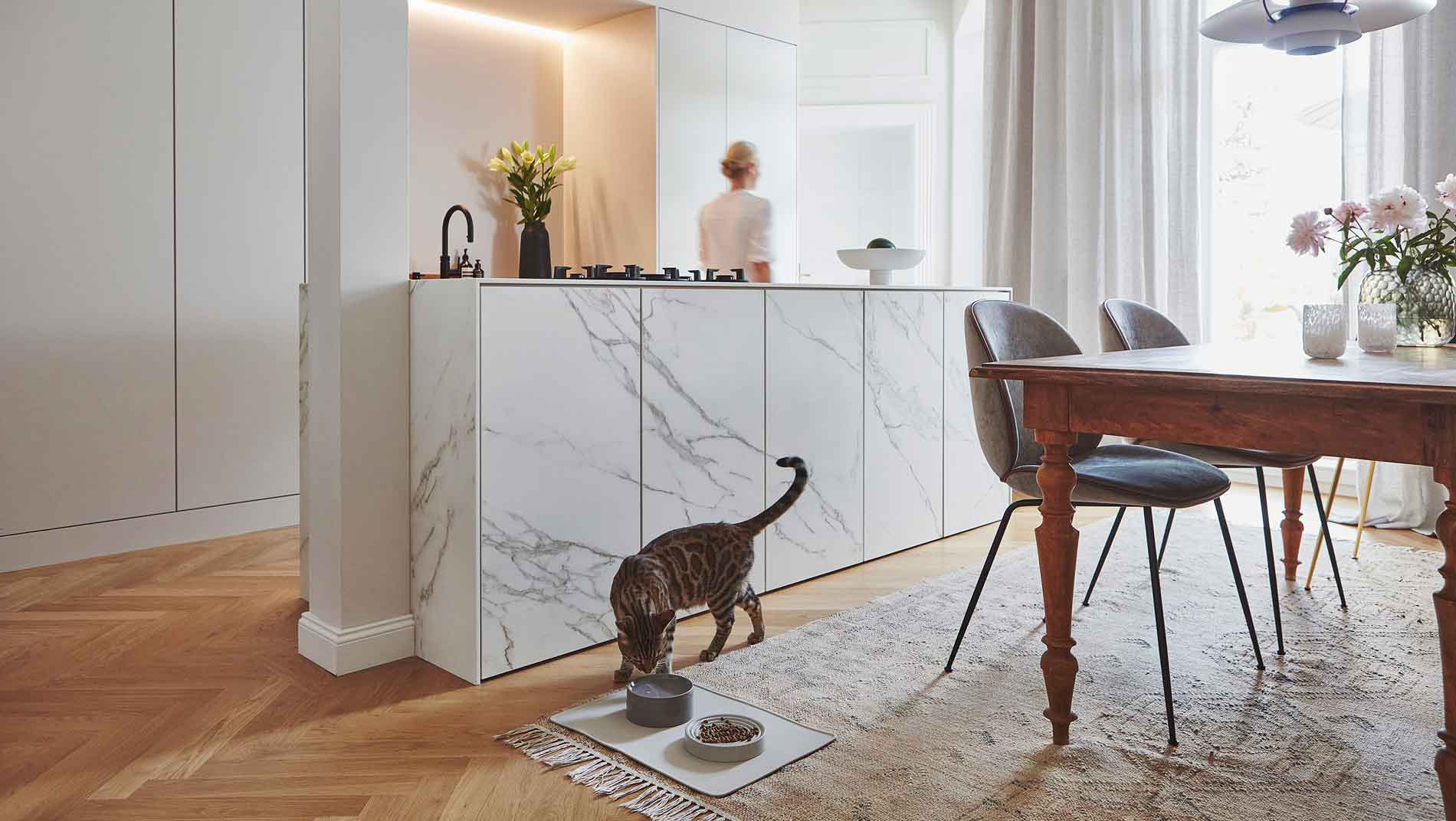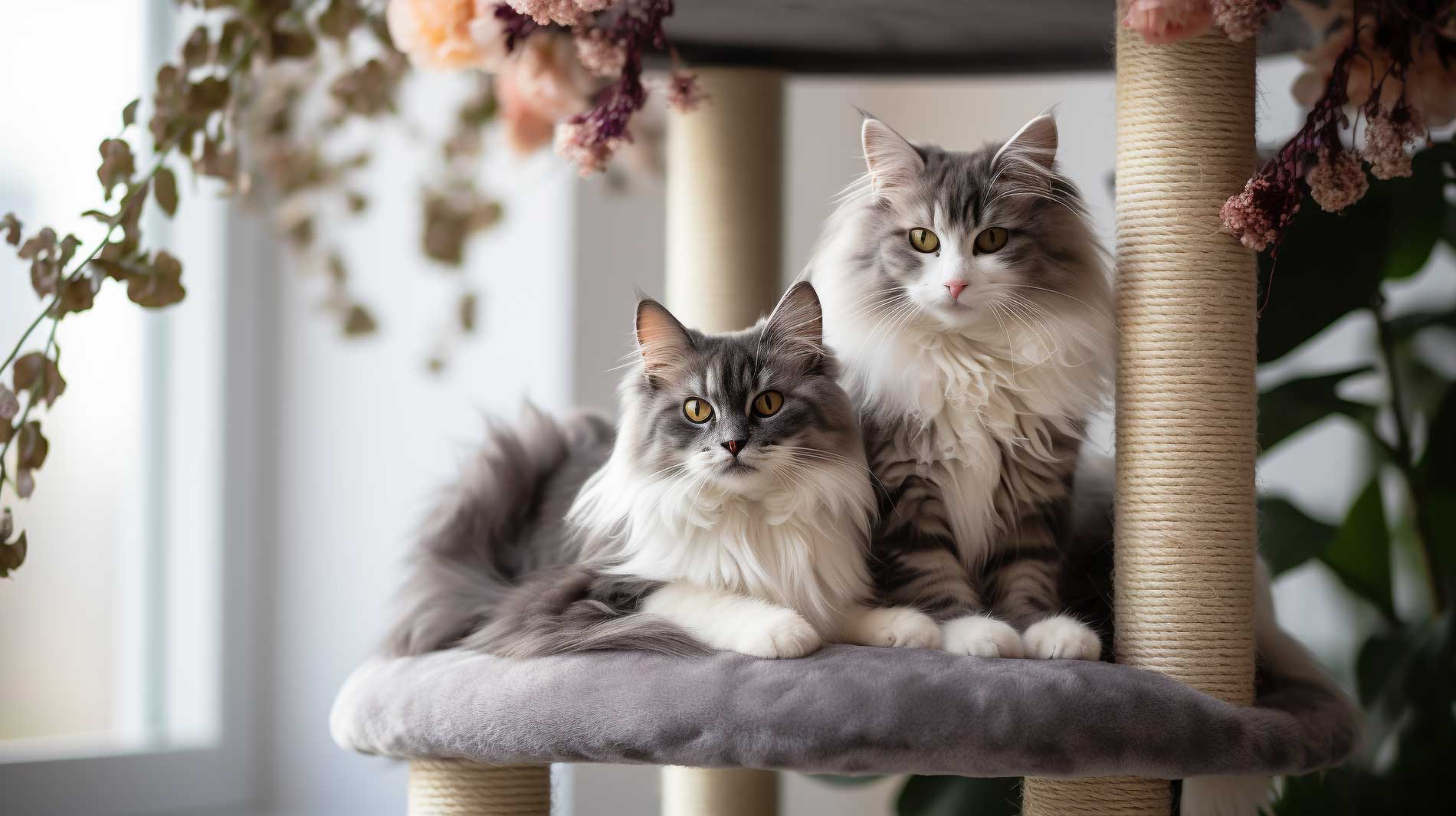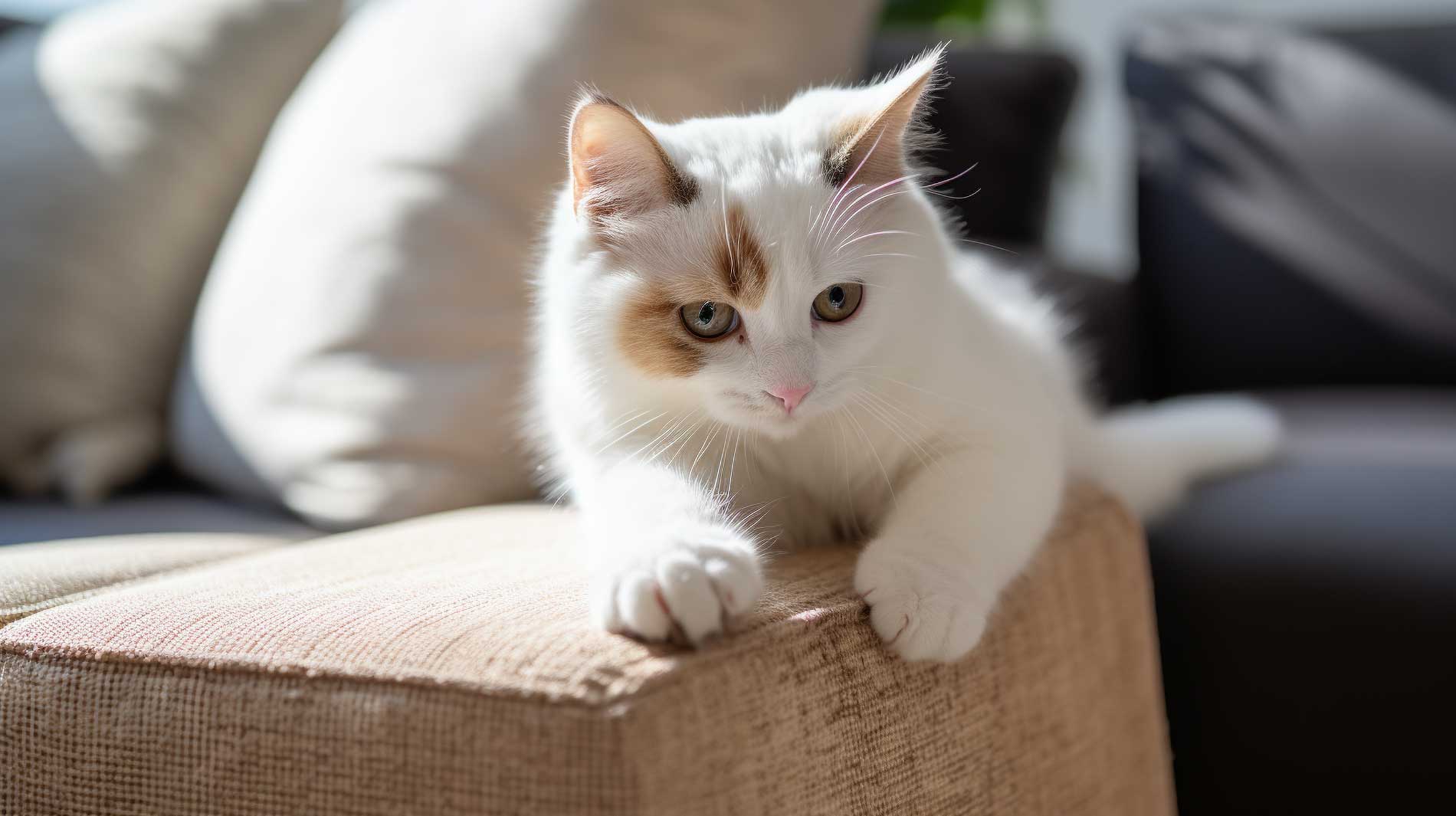Cats, with their mysterious ways and adorable antics, can often leave us puzzled when they display behaviors we perceive as “bad.” But what if we told you that you can understand these seemingly naughty actions with a little attention, empathy, and patience? In this article, we’ll look into the reasons why cats do things like peeing outside the litter box, attacking their owners, scratching furniture, and walking on countertops. By understanding the roots of these behaviors, we can make our feline friends feel secure, happy, and well-loved.
Peeing outside the litter box
Anxiety and territorial insecurity
Cats may pee outside their litter box due to various reasons. It could be anxiety, especially if they feel threatened around a new spouse’s sleeping area or a child’s room. Engaging your cat in play can help boost their confidence and reduce anxiety. Territorial insecurity can also be a factor, as they may mark areas near windows to discourage other cats from invading their space. To address this issue, try to minimize the presence of outdoor cats in your neighborhood by discouraging them from entering your property. Playtime and a cat-friendly environment can work wonders in alleviating your cat’s insecurities and keeping them at ease.
I recommend exercising your cat for a minimum of one hour [every day] to help prevent anxiety.
Dr. Burch via the Dodo
Litter texture, scent, and box cleanliness
Your cat’s comfort is paramount, so ensure its litter box is clean, and provide two separate boxes for its different “businesses”, as they do prefer two different places for each! The litter substrate should be comfortable and not too strongly scented. Remember that a soft, inviting surface like a bed might be too tempting for your cat to resist!
Interestingly, my cat preferred to poop in the shower next to the litter boxes, probably because it was always spotless. Later on, the same cat still preferred to pee outside the litter box if it wasn’t clean enough for his taste. Ensuring that your cat’s litter box and environment are clean and free from “distractions” like an open shower or a mat on the floor can help prevent such behaviors.
Confined space and busy environment
Confining litter boxes can be a source of stress for cats, as they might feel too cramped and restricted in their movements. Cats often prefer open litter boxes without a top, as this provides them with a more comfortable space to do their business. In addition to the physical constraints of a closed litter box, external factors such as loud noises or a busy environment can make your cat feel uneasy and less inclined to pee in its box. To ensure your cat feels secure and at ease while using its litter box, opt for an open design and place it in a quiet, low-traffic area of your home. This will reduce the likelihood of your cat feeling frustrated and seeking alternative spots to do its business.
Health issues
Lastly, if your cat suddenly starts peeing outside the litter box, it could be a sign of a urinary infection or other health issues. Before you don your detective hat, it’s essential to make an appointment with your vet to have your cat checked out. Many people may overlook the possibility that their cat might be unwell, but as loving pet parents, we must recognize that we may not be adept at detecting illnesses in our feline friends. So, always prioritize your cat’s well-being and consult with a professional to ensure its health and happiness. Better safe than sorry!
Scratching, attacking, and walking on counters
Attacking cat owners: Overstimulation & missed signals
Cats sometimes attack their owners when they feel overstimulated or threatened. Pay close attention to the subtle signals your cat gives you, such as a flicking tail, flattened ears, or tension building in its body. When you spot any of these signals, pause your petting session to prevent an attack. Embrace a gentle touch with your feline friend, avoiding pats – which involve an up and down movement with impact – on the head or back, and refrain from tight hugs. Share the joy of gentle stroking with your children, teaching them how to lovingly interact with your cat as well.
Scratching furniture: Territory marking and instincts
Cats scratch furniture to leave their scent and mark their territory – not because they’re evil! Make peace with the fact that living with a cat may involve scratched furniture, knocked-over items, and the occasional mess. Provide scratching posts or mats near their favorite spots and opt for microfiber or rougher fabric furniture that won’t show damage as easily.
Walking on counters: Curiosity and exploration
Cats are curious by nature and will naturally want to explore high surfaces like countertops. To minimize this behavior, provide alternatives like cat wall shelves and cat trees. Remember that punishing a cat is counterproductive and will only make them fear you.
Conclusion
Understanding the reasons behind your cat’s “bad” behaviors can help you address the root causes and provide a more harmonious living environment for both of you. By paying attention to your cat’s signals and needs, you can build a stronger bond with your feline companion and ensure they feel secure and loved. So, embrace your messy cat life and prepare to decode your furry friend’s unique language!
If you know someone who could benefit from understanding their cat’s “bad” behaviors and learning how to create a happier, more harmonious home for their feline companion, don’t hesitate to share this article with them. Let’s spread the joy of better communication and stronger bonds between cat parents and their fur babies!







